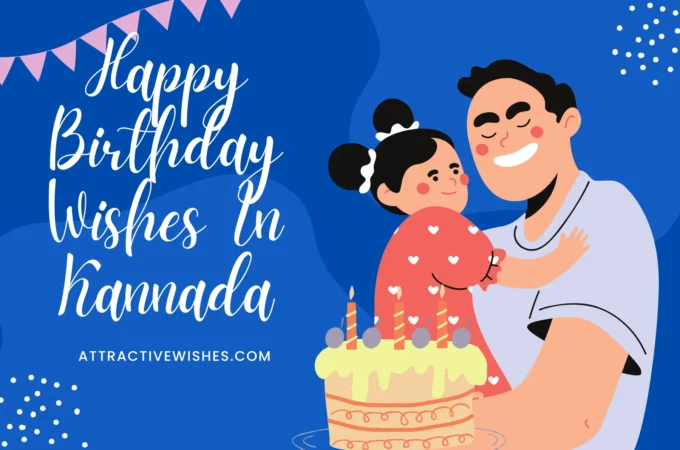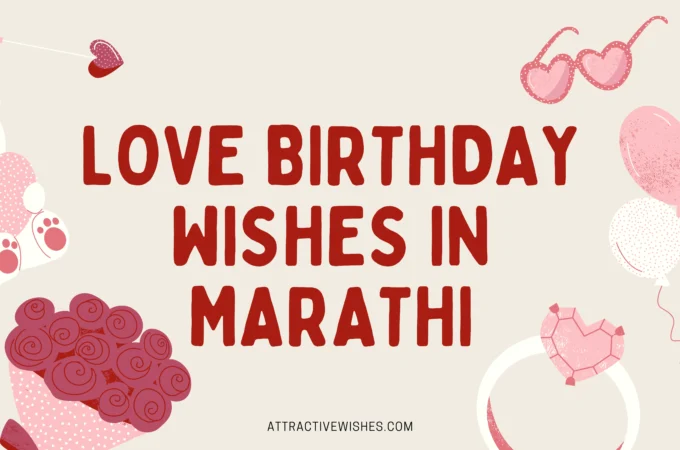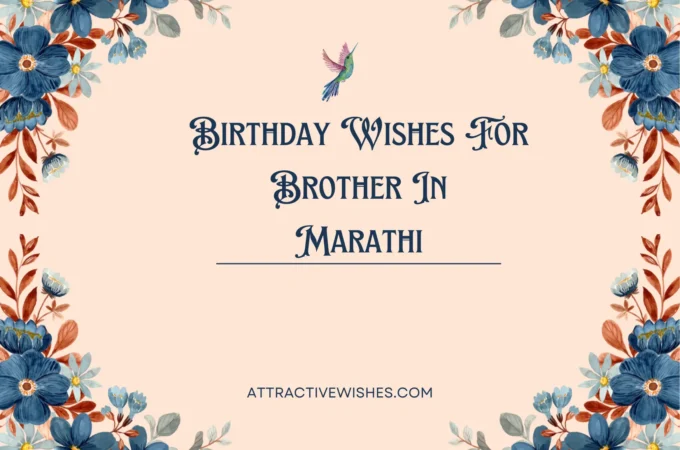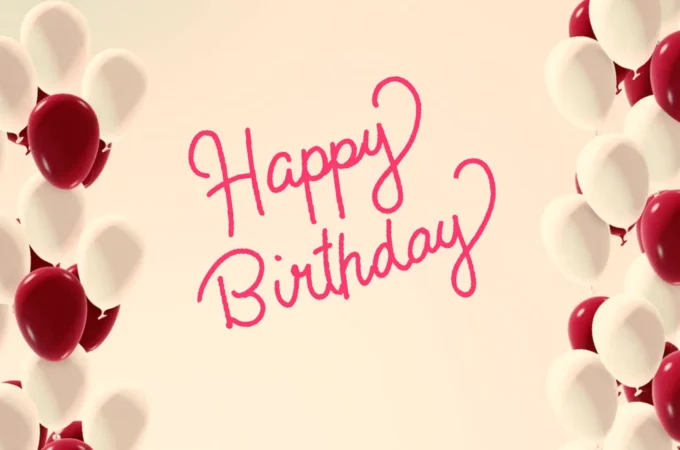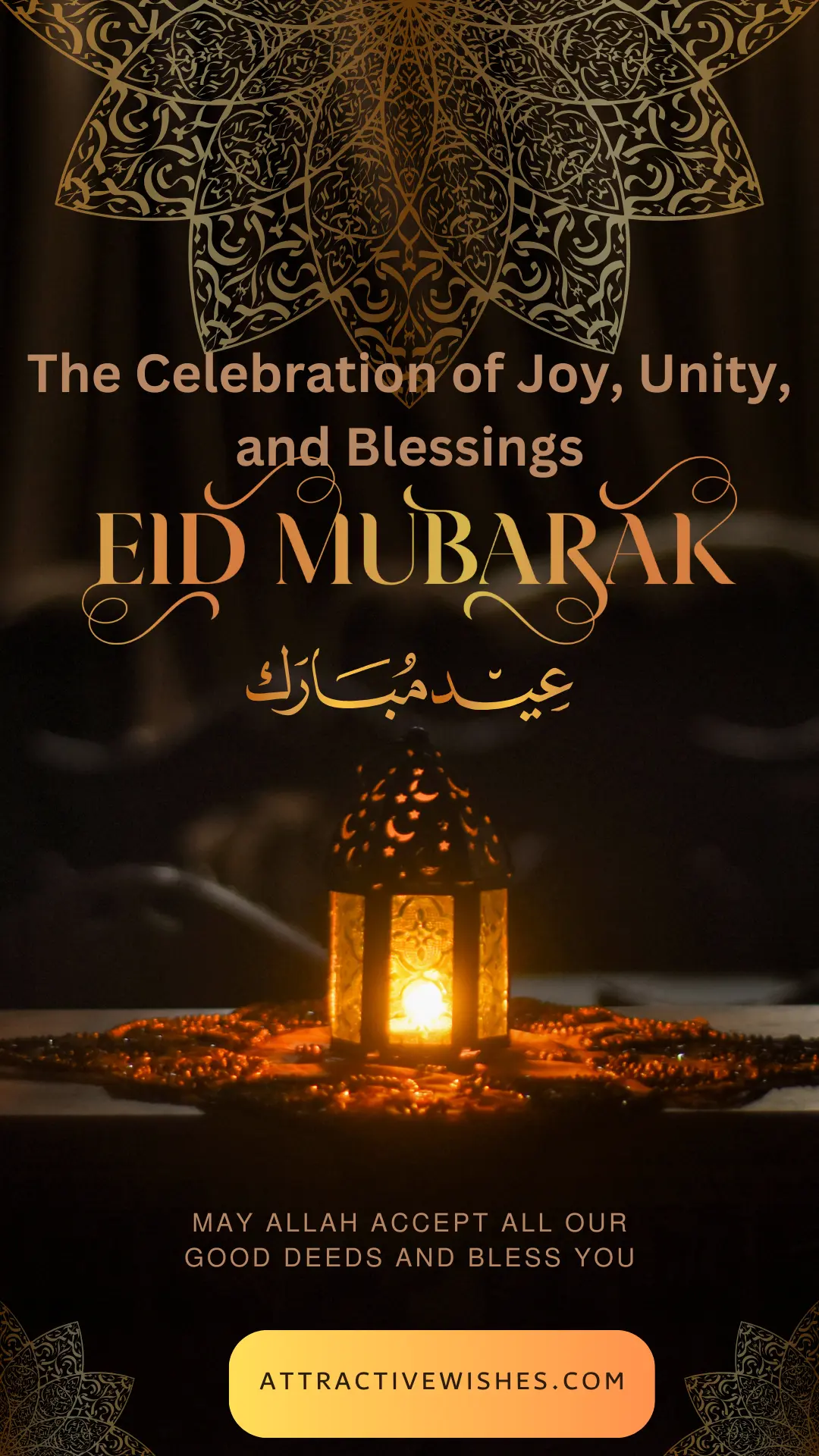
Eid Mubarak Wishes Celebration of Joy, Unity, and Blessings
In the tapestry of global festivities, Eid Mubarak Wishes for the loved ones and the Eid Mubarak day shines as a beacon of joy, unity, and spiritual renewal. This revered occasion, celebrated by millions around the world, transcends the boundaries of geography and culture, knitting hearts in a shared expression of faith and gratitude. It’s a time when the Muslim community comes together, embodying the principles of kindness, generosity, and communal harmony.
Eid More Than Just a Day of Joy
Eid Mubarak, marking the culmination of Ramadan’s month long journey of fasting, prayer, and reflection, or the conclusion of the Hajj pilgrimage during Eid ul-Adha, is not merely a day of celebration but a profound expression of deep-rooted spiritual values. It’s a moment to pause, reflect, and revel in the spiritual cleansing and enlightenment attained through devotion.
What is Eid?
Eid is a term in Islam that denotes a festival or celebration. In the Islamic faith, there are two major Eids that are universally celebrated by Muslims around the world. Each with its own distinct significance and set of practices. These are:
Eid ul-Fitr
Eid ul-Fitr, which means “Festival of Breaking the Fast,” marks the end of Ramadan, the holy month of fasting. . The month following Ramadan in the Islamic lunar calendar. This day is a celebration of gratitude to Allah for giving Muslims the strength to complete their fast. It begins with a special congregational prayer in the morning, known as the Salat al-Eid. The day is characterized by the giving of Zakat al-Fitr. Sharing meals with family and friends, and distributing gifts, especially to children. It’s a time of joy, community, and renewal.
Eid al-Fitr, often referred to as just Eid, is the celebration marking the end of Ramadan, the Islamic holy month of fasting. The festival is celebrated by Muslims worldwide with great enthusiasm and carries a distinctive spirit of joy, family gatherings, and communal prayers.
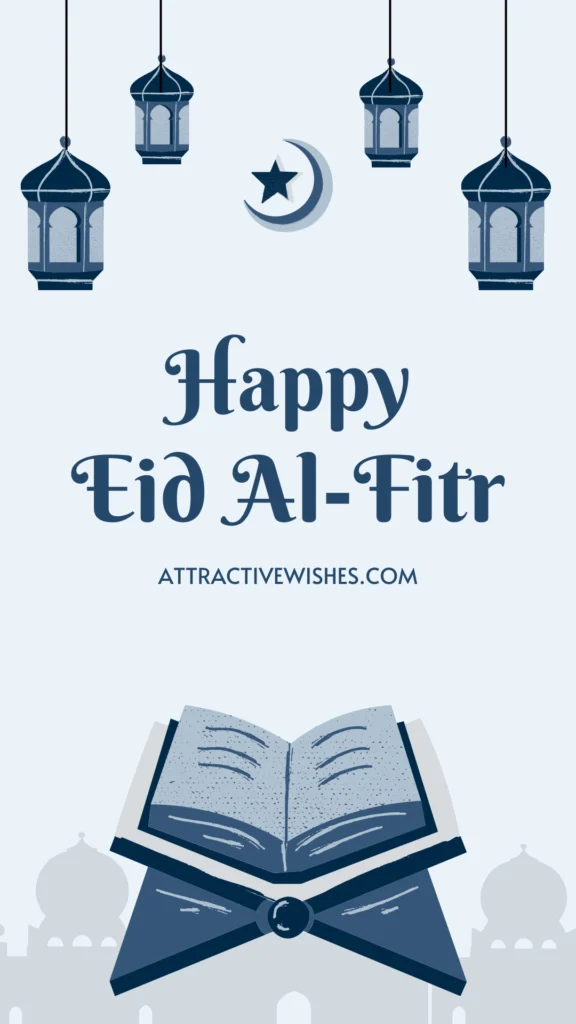
Religious Observances and Prayers
Eid begins with the sighting of the new moon, which signifies the end of Ramadan. On the morning of Eid, Muslims perform a special congregational prayer known as the Salah al-Eid. This prayer is usually held in large open spaces or mosques and is followed by a sermon (khutba). The prayer consists of two Rakats (units of prayer) and includes additional Takbirs (saying “Allahu Akbar” which means “God is Greatest”).
Zakat al-Fitr
Before the Eid prayer, Muslims are obliged to perform Zakat al-Fitr. A form of charity given to the poor to enable them to join in the celebration of Eid. This act ensures that everyone, regardless of their financial situation, can partake in the joy of Eid.
Festive Meals and Social Gatherings
Eid is also characterized by special meals and gatherings. Families and friends visit each other’s homes to share festive meals. Special dishes vary across different cultures but often include sweet delicacies and traditional foods. It’s a time for forgiveness, where people also visit the graves of deceased relatives to pray for them.
Gift-Giving
Gift-giving, especially to children, is another hallmark of Eid celebrations. Eidi, or the gift of money, is commonly given to children by elders.
Decorations and Cultural Expressions
Homes and public spaces are often decorated to mark the occasion. In many countries, streets, mosques, and homes are adorned with lights, banners, and decorations, creating a festive atmosphere.
Cultural Variations
The way Eid is celebrated varies widely among different Muslim communities around the world, influenced by local traditions and cultures. For instance, in some countries, Eid fairs and carnivals are held, while in others, traditional games and cultural performances take place.
Eid al-Fitr not only marks the end of fasting but also serves as a reminder for Muslims to be grateful for what they have, to share with those less fortunate, and to celebrate the completion of a month of self-reflection, improvement, and increased devotion to God.
Eid ul-Adha
Eid-ul-Adha, or “Festival of Sacrifice,” is celebrated on the 10th day of Dhu al-Hijjah. The last month of the Islamic calendar, and lasts for four days. It commemorates the willingness of Prophet Ibrahim (Abraham) to sacrifice his son in obedience to Allah’s command. before Allah provided a ram to sacrifice instead. This event is marked by the ritual slaughtering of livestock with. The meat being distributed among family, friends, and the needy. Eid-ul-Adha also coincides with the culmination of the Hajj, the pilgrimage to Mecca, which is one of the five pillars of Islam and an obligation for all Muslims who are physically and financially able to undertake it at least once in their lifetime.
The celebration of Hajj culminates with Eid al-Adha, also known as the Festival of Sacrifice, which is one of the two major Islamic festivals, the other being Eid al-Fitr. Eid al-Adha falls on the 10th day of Dhu al-Hijjah, the last month of the Islamic lunar calendar, and coincides with the final rites of the Hajj pilgrimage in Mecca, Saudi Arabia. This festival commemorates the willingness of Prophet Ibrahim (Abraham) to sacrifice his son Ismail (Ishmael) as an act of obedience to God, before God provided a ram to sacrifice instead.
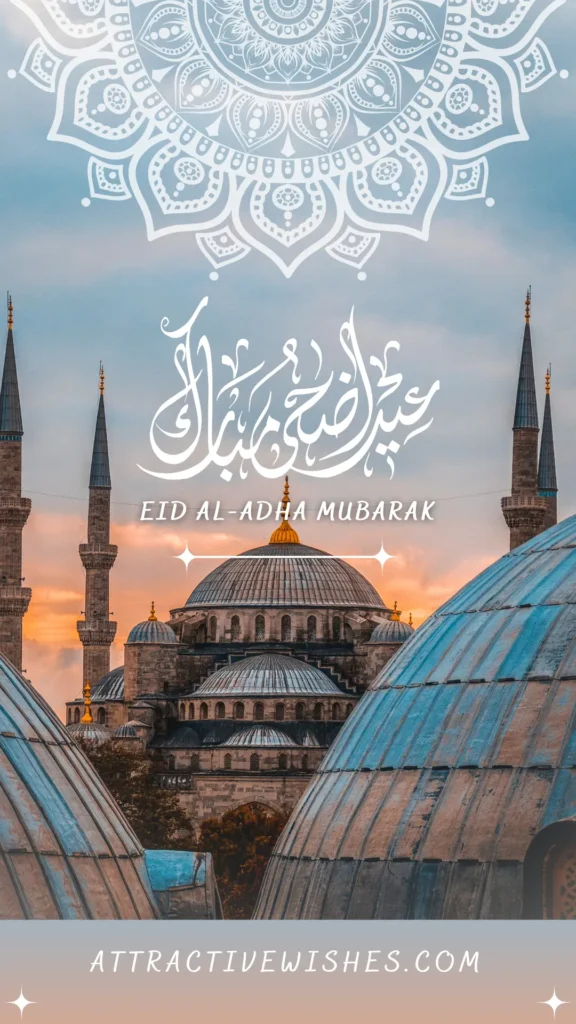
Rituals and Celebrations
Sacrificial Slaughter (Qurbani)
The central act of Eid al-Adha is the qurbani, or sacrificial slaughter of an animal, such as a sheep, cow, or camel. This act is performed by Muslims who are financially able to do so, to emulate Ibrahim’s obedience to God. The meat from the sacrifice is distributed in three parts. One part for the family, one part for relatives and friends, and one part for the needy and poor. This distribution ensures that the joy of Eid is shared with the wider community, especially those in need.
Eid Prayer
The day begins with Muslims performing the Eid prayer at mosques or open areas. The prayer consists of two units (rak’ahs) and is followed by a sermon (khutbah). The Eid prayer is a community event that brings together people of all ages to celebrate their faith and the completion of the pilgrimage for those who were part of the Hajj.
Greetings and Social Gatherings
After the prayer, it is customary for Muslims to exchange greetings, typically saying “Eid Mubarak” (Blessed Eid) or “Eid Sa’id” (Happy Eid). Families and friends visit each other’s homes to share meals and sweets. It’s a time of forgiveness, reconciliation, and fostering community spirit.
Charity (Zakat al-Fitr)
Although Zakat al-Fitr is more closely associated with Eid al-Fitr. Charity remains a significant part of Eid al-Adha. The act of sacrificing an animal and distributing part of the meat to the poor is a form of charity that ensures everyone can partake in the festive meals of the day.
The Hajj Connection
For the pilgrims in Mecca. The completion of the Hajj is marked by the final acts of the pilgrimage. Including the stoning of the pillars representing Satan in Mina, shaving or cutting their hair, and performing a farewell circumambulation of the Kaaba. The celebration of Eid al-Adha while on Hajj adds an additional layer of spiritual significance, as pilgrims have just completed one of the most important religious duties in Islam.
Eid al-Adha during Hajj is a profound experience for Muslims, emphasizing unity, sacrifice, and the global ummah (Muslim community). It serves as a reminder of the sacrifices made by their ancestors and the importance of submission to God’s will, reinforcing the bonds of faith, community, and shared humanity among Muslims worldwide.
Common Practices and Celebrations
Muslims celebrate both Eids with special prayers known as Salat al-Eid. Festive meals, wearing new or best clothes, and giving and receiving gifts. It is also a time for Muslims to give generously to those less fortunate, reinforcing the principles of charity and community within Islam.
- “Eid ul-Fitr” is specifically a day of joy that celebrates the end of a month of fasting and spiritual growth.
- “Eid-ul-Adha” emphasizes the spirit of sacrifice in obedience to Allah and marks the giving of meat to ensure that. The less fortunate can also partake in the festive meals.
Significance of Eid
Eid is not just a celebration of the conclusion of fasting or the act of sacrifice. It is a profound expression of gratitude, compassion, and solidarity among Muslims. It reinforces the sense of belonging to a global community. The Ummah, and serves as a reminder of the core values of Islam, including faith, devotion, and the welfare of the common good.
Both Eids carry a message of deep spiritual significance, encouraging Muslims to reflect on their lives. Strengthen their faith, and renew their commitment to Allah’s teachings. They offer a time for Muslims to come together in worship, celebration, and acts of charity. Fostering a sense of unity and brotherhood among the global Muslim population.
Eid Mubarak: A Celebration of Joy, Unity, and Blessings
Eid Mubarak – a phrase that resonates with joy, unity, and blessings across the Muslim world. This cherished greeting, exchanged by millions during the Islamic holidays of Eid al-Fitr and Eid-ul-Adha, encapsulates the essence of these festivals with warmth and grace. As we delve into the vibrant celebrations of Eid, we invite you to immerse yourself in the traditions, rituals, and profound meaning that define this auspicious time.
The Spirit of Eid
Eid is not just a time for festive gatherings and sumptuous feasts. It is a period of profound spiritual reflection and communal harmony. Whether it’s Eid-al-Fitr, marking the end of Ramadan, or Eid-ul-Adha, commemorating the willingness of Prophet Ibrahim to sacrifice his son in obedience to God. Each festival carries a message of devotion, sacrifice, and charity. These celebrations are a time to strengthen bonds, share in the joy of others, and extend a helping hand to those in need.
Eid Traditions
From the special Eid prayers held in vast congregations to the delightful tradition of Qurbani during Eid-ul-Adha, Eid customs vary across cultures but share a common thread of gratitude and giving. People adorn their homes with decorations, wear special outfits, and prepare delicious meals, embodying the festive spirit of Eid. It is a time when families come together, often traveling great distances, to share in the joy of the occasion.
Fostering Connections
“Eid Mubarak” – these two words carry with them a world of wishes for happiness, peace, and prosperity. Exchanging greetings, whether through warm embraces, heartfelt messages, or thoughtful Eid cards, is integral to the Eid experience. It’s a gesture that transcends geographical and cultural boundaries, fostering a sense of global unity and brotherhood.
The Joy of Giving
Charity, or Zakat, plays a pivotal role in Eid celebrations, reminding us of the importance of giving back to the community. During Eid-ul-Adha, Muslims follow the Qurbani tradition, wherein they distribute a portion of the sacrificed animal to the poor. Exemplifies the spirit of generosity that defines this holiday. It’s a time when the act of giving brings as much joy as receiving, highlighting the essence of communal support and empathy.
Eid Culinary Delights
Eid feasts are a sensory delight, featuring a variety of traditional dishes that vary from one region to another. From the succulent flavors of Qurbani meat to the sweetness of Eid desserts. These meals are a celebration of culinary diversity and creativity. Sharing a meal during Eid not only satiates the palate but also warms the heart, making it a cherished moment of communal joy and gratitude.
Eid Fashion
Eid is also an occasion for showcasing one’s cultural heritage through clothing. The Eid outfit, often new or the best one owns, is a symbol of respect for the holy day. It reflects the diversity of the Muslim world, with traditional attire varying from simple and elegant to vibrant and elaborate, each telling a story of cultural pride and identity.
The Blessing of Family and Community
At the heart of Eid is the celebration of family and community. During this time, people set aside differences and come together in a spirit of love and reconciliation. The joy of Eid is amplified when shared, making every smile, hug, and shared meal a testament to the bonds that tie us together.
Frequently Asked Questions
What does “Eid Mubarak” mean?
“Eid Mubarak” translates to “Blessed Eid,” a greeting used to wish others a happy and blessed Eid.
How do Muslims determine the dates for Eid?
The dates for Eid are based on the Islamic lunar calendar and the sighting of the moon, leading to variations in the exact dates across different regions.
What is the difference between Eid al-Fitr and Eid-ul-Adha?
Eid al-Fitr marks the end of Ramadan, the holy month of fasting. While Muslims celebrate Eid-ul-Adha during the Hajj pilgrimage, it commemorates Prophet Ibrahim’s faith.
Can non-Muslims participate in Eid celebrations?
Absolutely! Eid is an opportunity for cross-cultural exchange and understanding. Muslims warmly welcome non-Muslims to join in the festivities and learn about the rich traditions of Eid.
Conclusion
In essence, Eid Mubarak Wishes is more than a greeting.It’s a reflection of the joy, gratitude, and unity that Eid brings into our lives. As we come together to celebrate, let us remember the deeper messages of these festivals and carry their spirit forward in our daily lives. May this Eid bring you and your loved ones every joy and blessing.
Also Read: Top 70+ Birthday Wishes For Wife In Hindi

